In the preceding post, the histogram for the D4 had more spread to it than the one for the D800E. It’s not the camera. It’s the lens. The D800E looked at the monitor through a 200mm lens, and the D4 through a 100mm one. It turns out that, with my 30in NEC PA301W monitor, that any lens shorter than 100mm has a fair amount of spread.
Here’s a series of images with the D4 (It happened again; about one time in five or ten, when I’m typing “D4”, I don’t get my finger off the shift key in time, and I get the Freudian typo “D$”). In each case, I filled the frame with the test target (which was a square image zoomed in Photoshop with <Control>-0 to take up most of the monitor), which meant that I got farther away as the focal length got longer. These are true raw histograms, which are more precise than the in-camera histograms:
With a 200mm lens:
With a 100mm lens:
With a 60mm lens:
With a 24mm lens:
With a 14mm lens:
What’s going on here? I think there are two important effects. The first is lens falloff in the camera, which gets greater as the focal length gets shorter, although that can be ameliorated by changes in lens design. The second is that, with a LCD monitor like the NEC PA301W, illumination falls off as the viewing angle moves away from orthogonal, and color shifts occur that are dependent on viewing angle as well. Shorter lenses imply a greater deviation from normal (in the geometric sense, not in the statistical one) for off-axis parts of the target. I would expect this effect to be smaller with CRTs (does anybody use them anymore?).
In order to get a sense of the chrominance shifts involved, I converted the 14mm image with Adobe Camera Raw, brought it into Photoshop, and looked at the Lab values. In the middle of the image, a* ran about 60 and b* -35. Towards the corners, a* was more like 28, and b* -18, which means a chrominance Delta-E of about 36, which is considerable.
What are the implications for UniWB and similar calibration techniques that need repeatable images of screen targets, and, in the case of Guillermo Luijk’s UniWB technique, that color on one small part of the first test target be accurately mapped to average color of a the second test target? You want to use a long lens when you photograph the monitor.
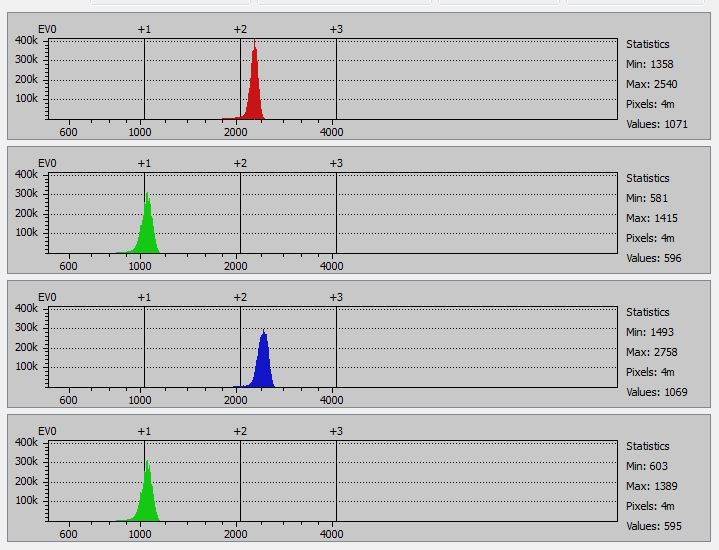
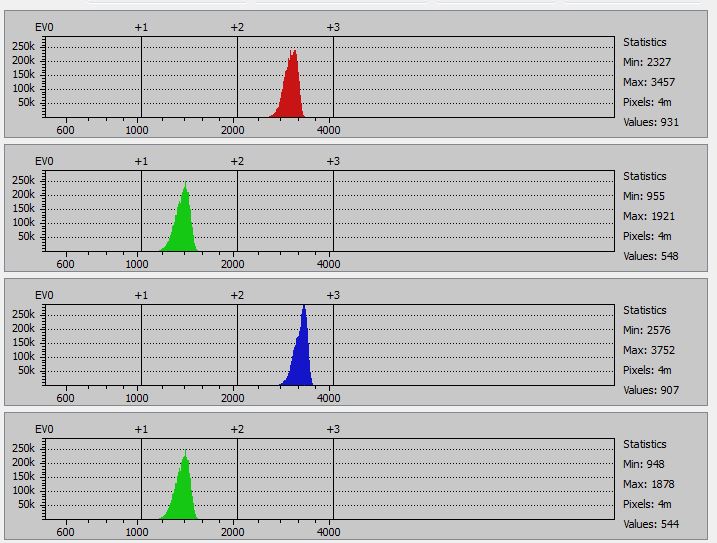
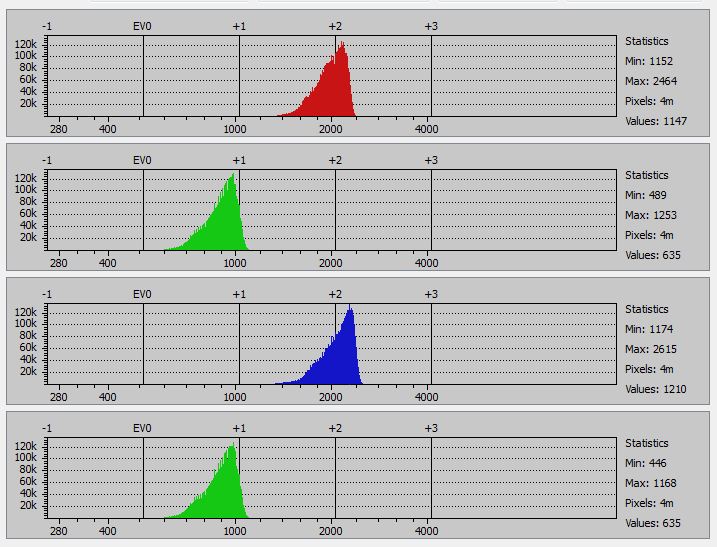
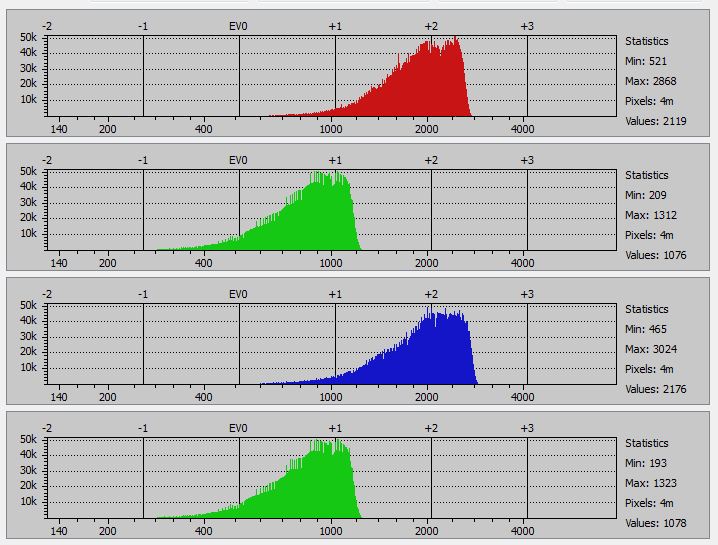
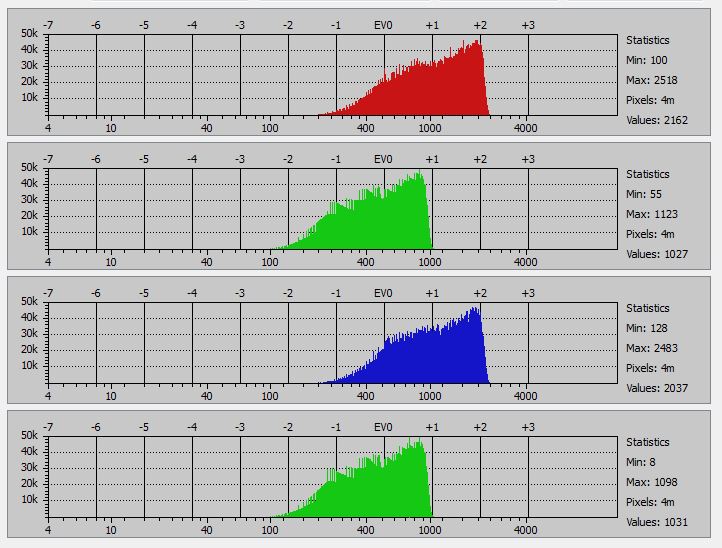
Leave a Reply